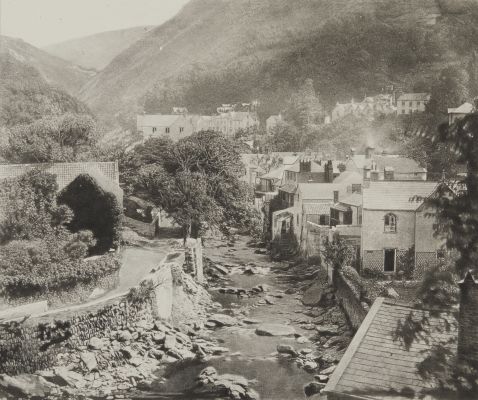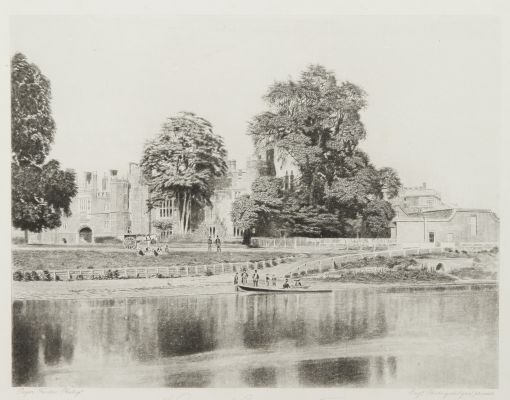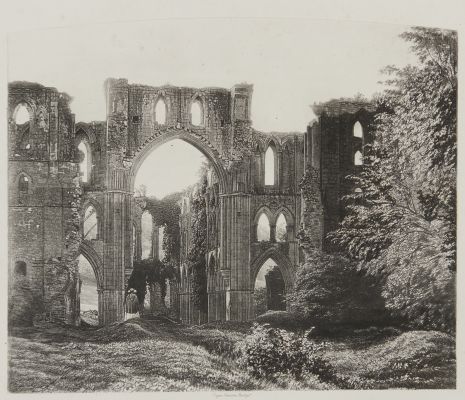
Title
Of a Lunar PhotographArtist
Warren De la Rue (British, 1815-1889)Publication
Monthly Notices of the Royal Astronomical SocietyDate
1865Process
PhotogalvanographAtelier
Paul PretschImage Size
17 x 17 cm
The first photograph of the moon was taken by J.W. Draper in New York in 1840 scarcely one year after Daguerre invented the medium. Within a decade many other astronomers, such as J.A. Whipple and G.P. Bond at Harvard, had recorded quite acceptable photographic lunar images. Still unsolved, however, was the problem of how to print such images for publication. It was De la Rue, an amateur British astronomer with an observatory at Cransford, who first conquered the technical difficulties.
With the assistance of Paul Pretsch, who invented the photogalvanograph process, De la Rue succeeded in producing a copperplate for printing from a photographic negative of the moon using the unusual swelling properties of gelatin after it is exposed to light. De la Rue called the print a heliotype; we would today call this a photogalvanograph, since the gelatin was electroplated after exposure and treatment. By the end of the century, gelatin-based plates would allow exquisite reproductions of the lunar surface, in the form of photogravures and collotypes. [1]
An early amalgamation of the new technology of the photogalvanograh with astronomy.
Reproduced / Exhibited
Hanson, David A. Checklist of Photomechanical Processes and Printing, 1825-1910. , 2017. p. 115.
References
[1] Hanson, David Checklist of photomechanical processes and printing 1825-1910, 2017











